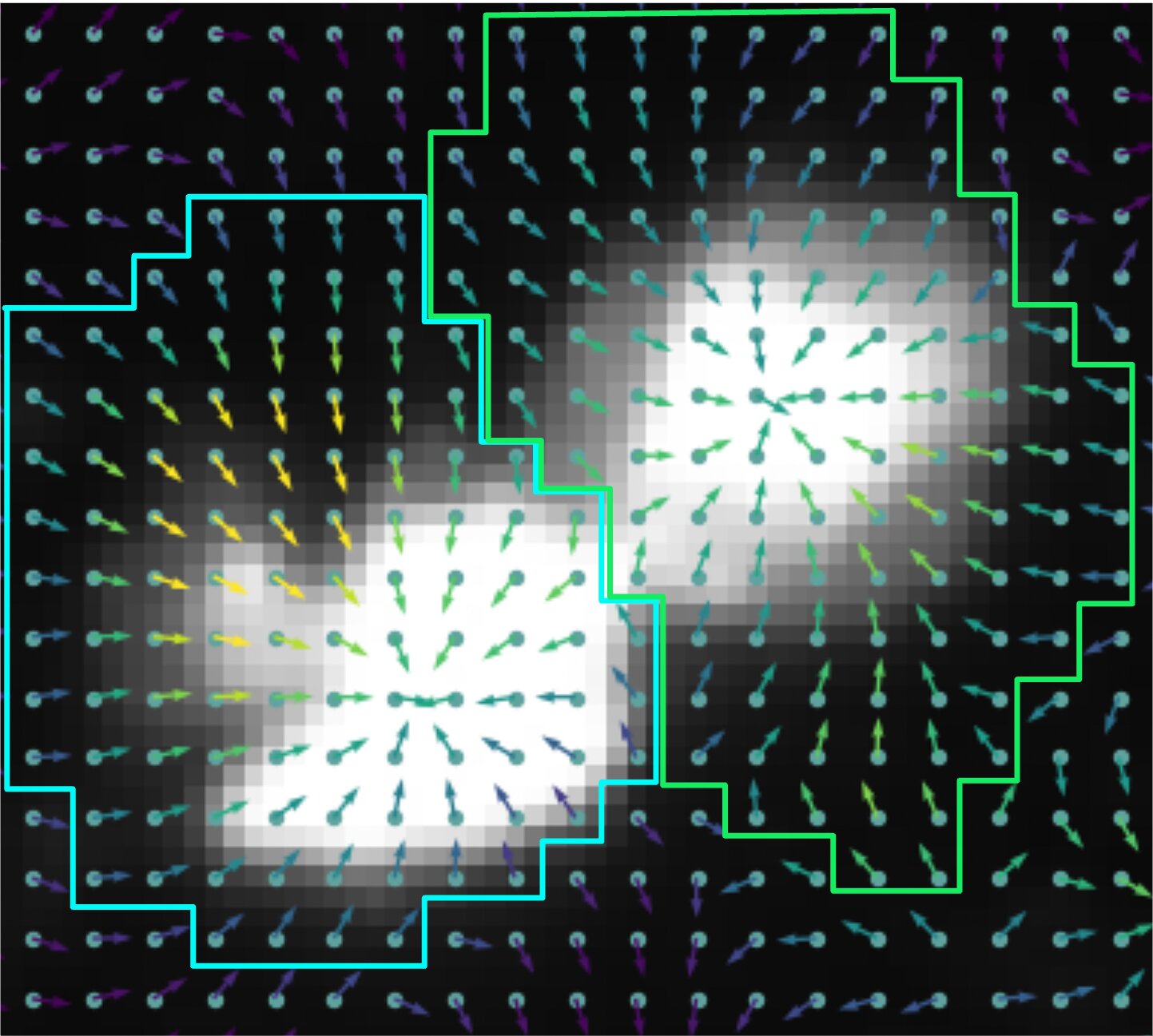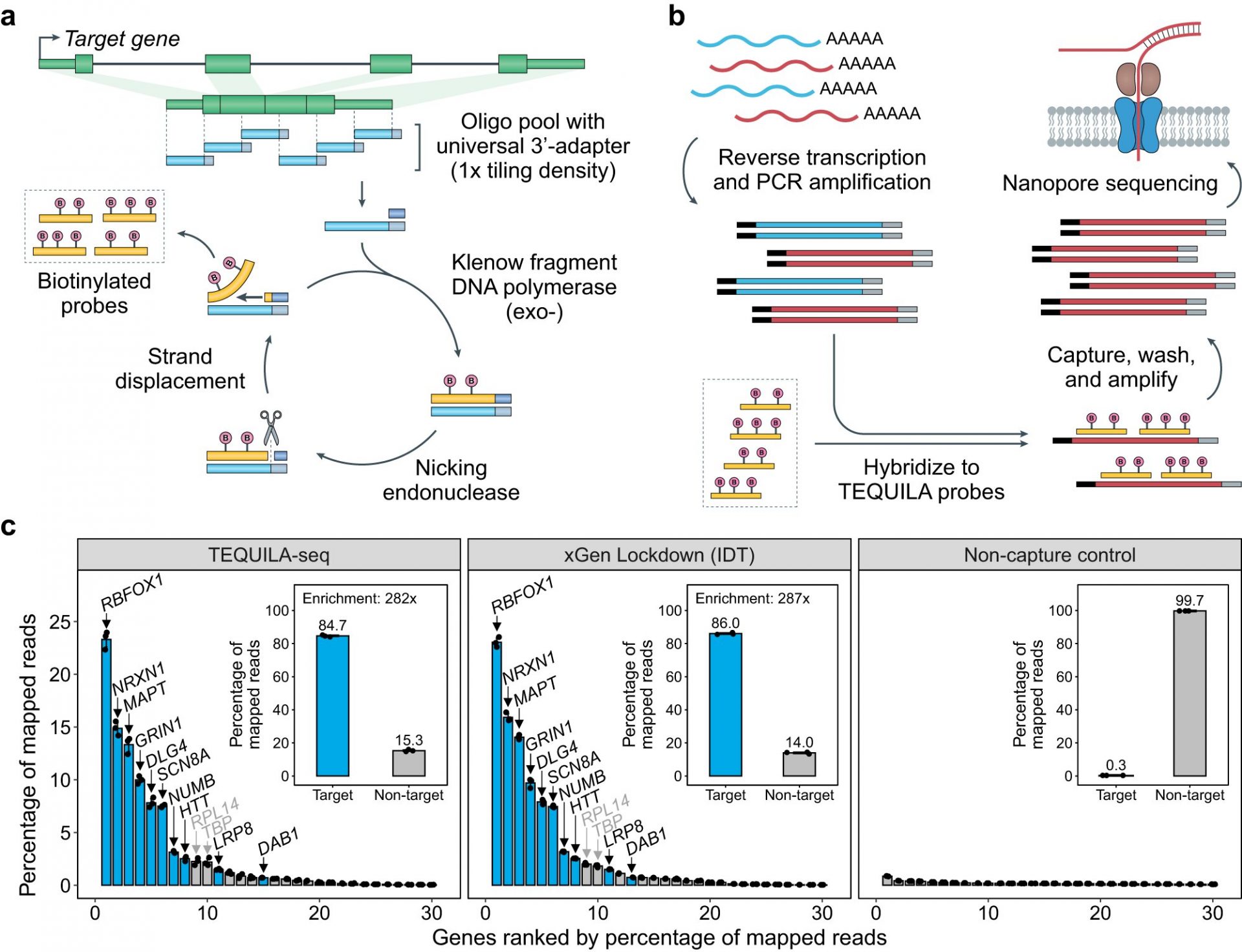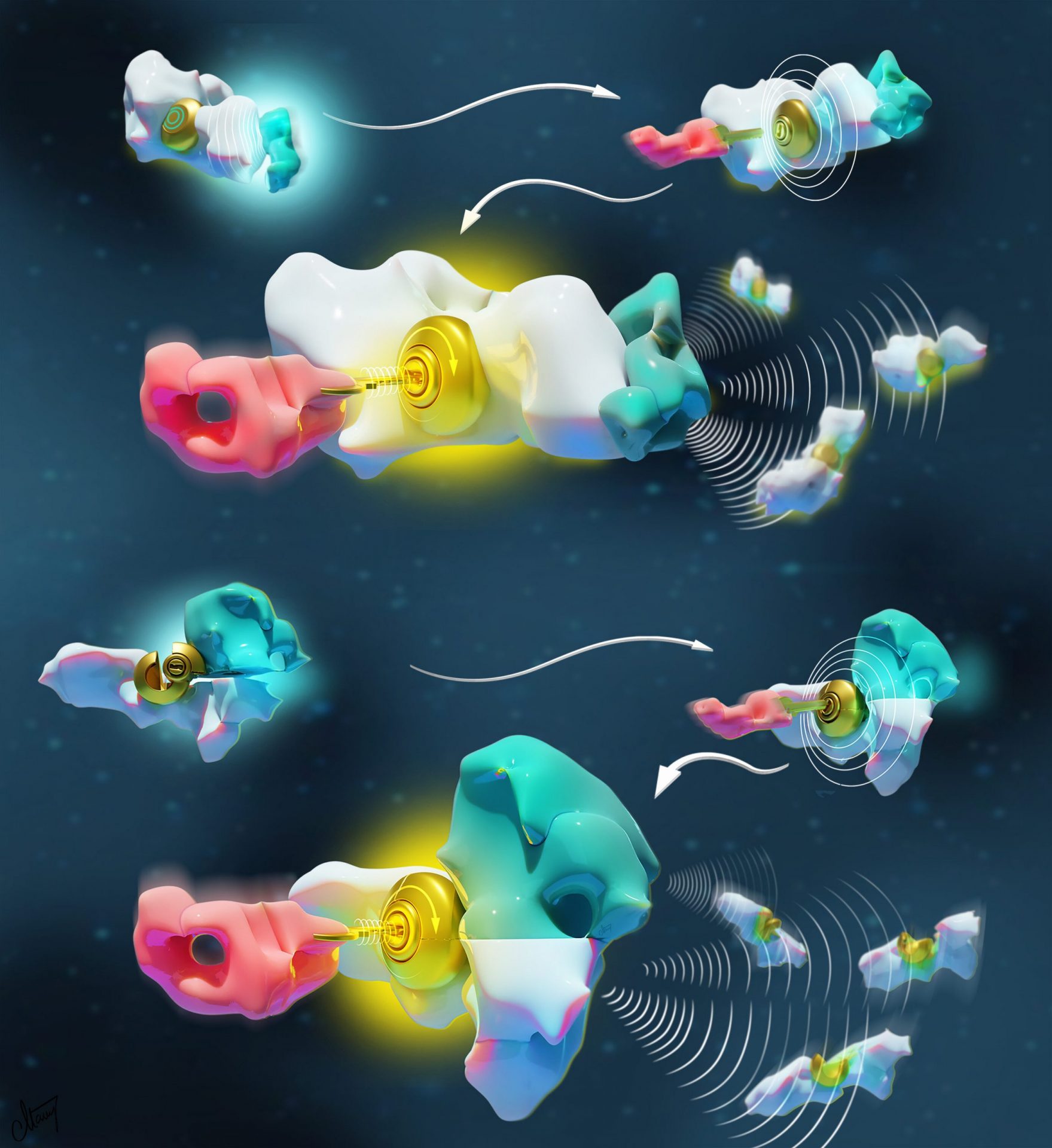Exciting Breakthrough: AI Enhances Cell Study for Disease Treatment
Images of organ or tissue samples contain millions of cells. However, analyzing these cells in situ poses challenges in identifying individual cells, understanding their function, and studying their organization. To address this, researchers at Carnegie Mellon University’s School of Computer Science have developed an innovative method that utilizes artificial intelligence (AI) to enhance cell study, leading to a better understanding of diseases and potential treatments.
Current spatial transcriptomics platforms often lack the necessary resolution for detailed analysis. These technologies group cells into clusters, which may not be suitable for small or underrepresented cells that are crucial in disease research. In a recent publication in Nature Methods, researchers Hao Chen, Dongshunyi Li, and Ziv Bar-Joseph introduce a method that leverages AI to augment spatial transcriptomics technologies.
Their algorithm, called subcellular spatial transcriptomics cell segmentation (SCS), employs advanced deep neural networks and transformer models, similar to those used in large language models like ChatGPT. SCS adaptsively identifies cells and their components by incorporating information from the surrounding cells. When tested on brain and liver samples, SCS accurately identified cell locations and types, including rare and small cells that play significant roles in diseases and aging. It also improved the resolution for studying cellular organization.
“The ability to use the most recent advances in AI to aid the study of the human body opens the door to several downstream applications of spatial transcriptomics to improve human health,” said Ziv Bar-Joseph, a professor at CMU. The integration of biotechnology and AI through SCS helps unlock crucial insights into cellular organization, which is vital for understanding and treating diseases,” added Hao Chen, a Lane Postdoctoral Fellow in CBD.
SCS is available for free on GitHub, offering promising possibilities for advancing human health.








